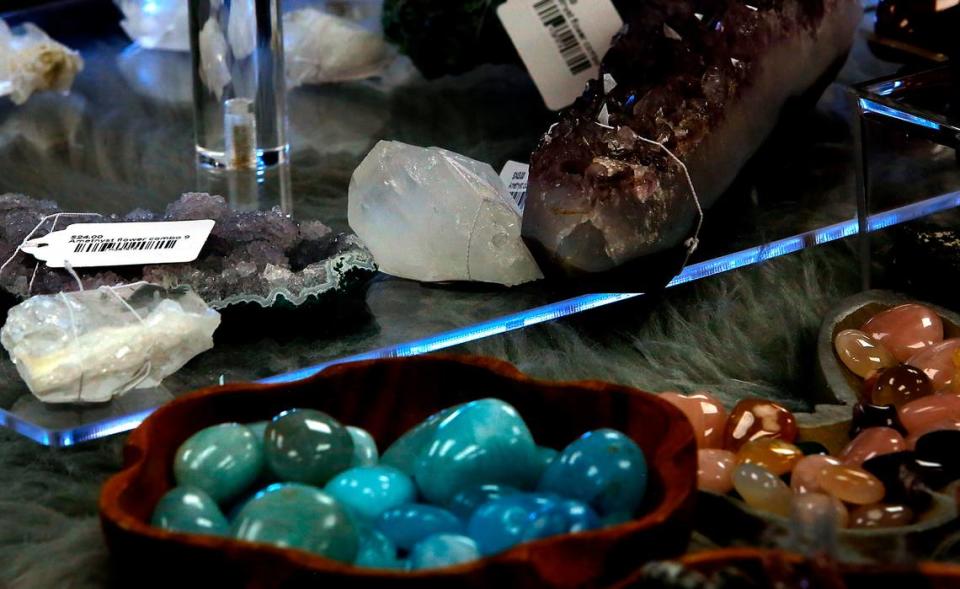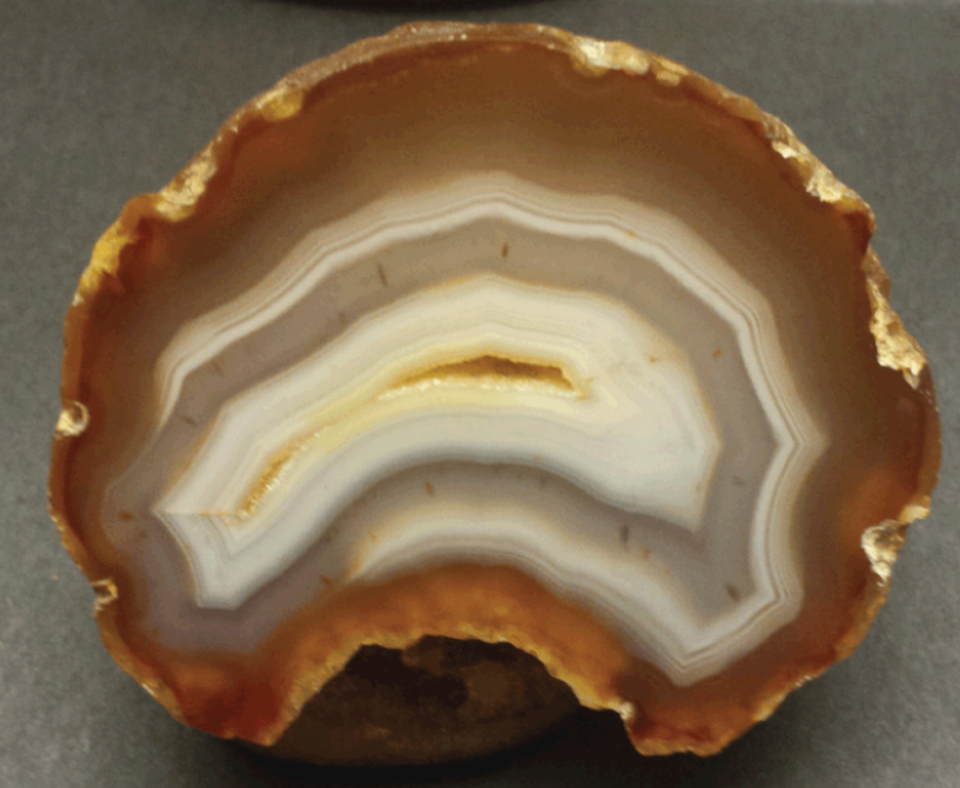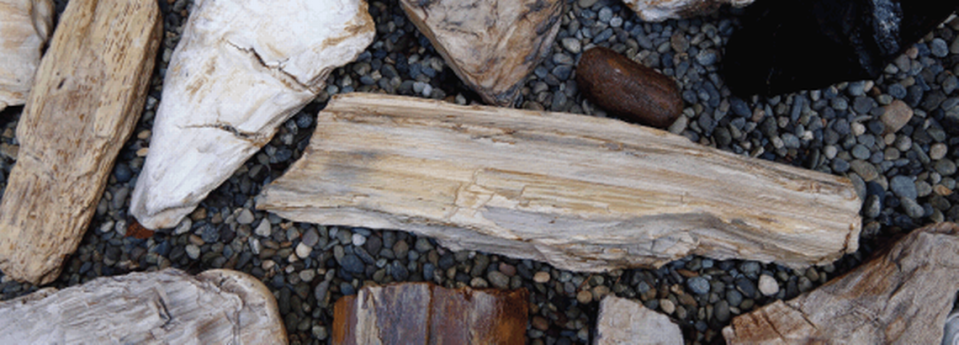Ever gone rockhounding near the Tri-Cities area? You can find agates, fossils, gemstones
Washington state is a hotbed for minerals, gemstones, crystals and fossils, making the Evergreen state a popular site for rockhounding.
Whether in an official group or going solo, rockhounding is the act of searching for and collecting the above materials.
Rockhounding is legal in Washington for certain materials. The material guidelines will depend on where you are: on federal land, land managed by the Department of Natural Resources or private land.
Near the Tri-Cities, rockhounding is popular along the Columbia River, Horse Heaven Hills, Saddle Mountains, Bickleton and the Ginkgo Petrified Forest State Park.
Rockhounding on WA DNR-managed land
The Department of Natural Resources manages two kinds of land that allow rockhounding, state-owned aquatic land and state trust land.
Rockhounding is allowed on these lands under non-commercial circumstances, including recreation, research and education. Individuals can hunt for rocks without a permit, groups need a non-exclusive land-use license.

Rock enthusiasts cannot bring mechanized equipment or explosives for the process. DNR must retain access to the area. Special habitats should be avoided.
If interested in gold panning, you need authorization on state-owned aquatic lands. It is not allowed on state trust lands. You cannot rockhound for gold on DNR lands.
Ginkgo Petrified Forest State Park is operated through the Washington State Parks and Recreation Commission, so rockhounding will be limited. Double check before you take anything from the federally protected land. A shop with natural materials is just outside, along with an interpretive center onsite.
Rockhounding on federal land
Some land owned by the federal government allows rockhounding. Sometimes, it is restricted to one area of federal land. Either way, the land will be managed by either the U.S. Forest Service or the Bureau of Land Management.
Guidelines and restrictions will vary from one place to the next, so call a local agency before making a trip.
In general, land managed by the U.S. Forest Service, like the Umatilla National Forest, allows a reasonable collection of rocks and minerals for personal, hobby and noncommercial use. Generally, “reasonable” is defined as up to 10 pounds. Some hobby mining activities are also allowed.
Rockhounding is allowed in many Bureau of Land Management areas with no permit required. Similarly, it allows for a reasonable amount, defined as up to 25 pounds a day and 250 pounds per year, of common fossils, gemstones and certain other materials for personal use.
The Bureau of Land Management manages the Horse Heaven Hills area and the Saddle Mountains.

You are expected to know the regulations for rockhounding in a specific area before arriving. It will be prohibited in some areas and motorized equipment is generally not allowed.
Rockhounding is never allowed at:
National parks
National monuments
National wildlife refuges
National scenic areas
Tribal lands
Rockhounding on private land
A property owner can obtain mineral rights to the property, giving them the right to collect minerals found on their property and grant the same right to whoever they choose. Check your property deed or with the County Assessor’s office to determine if your property came with mineral rights.
You cannot rockhound on private property without the owner’s permission.
What you can, can’t rockhound
Once you’ve established the property-specific rules, be sure to remember the basic rules of what you can and can’t take. If the property rules don’t address a specific material, refer to these guidelines. Collecting material without permission can come with a substantial fine.
You CAN rockhound:
Amethysts
Garnets
Jaspers
Opals
Gold (Rockhounding, not panning)
Invertebrate fossils, like the state gemstone petrified wood

Without a permit, you CANNOT rockhound:
Meteorites
Vertebrate fossils
Archeological or historic artifacts
Permits for these permissions are granted for scientific purposes only, according to DNR. If you find one, contact the local agency office.


